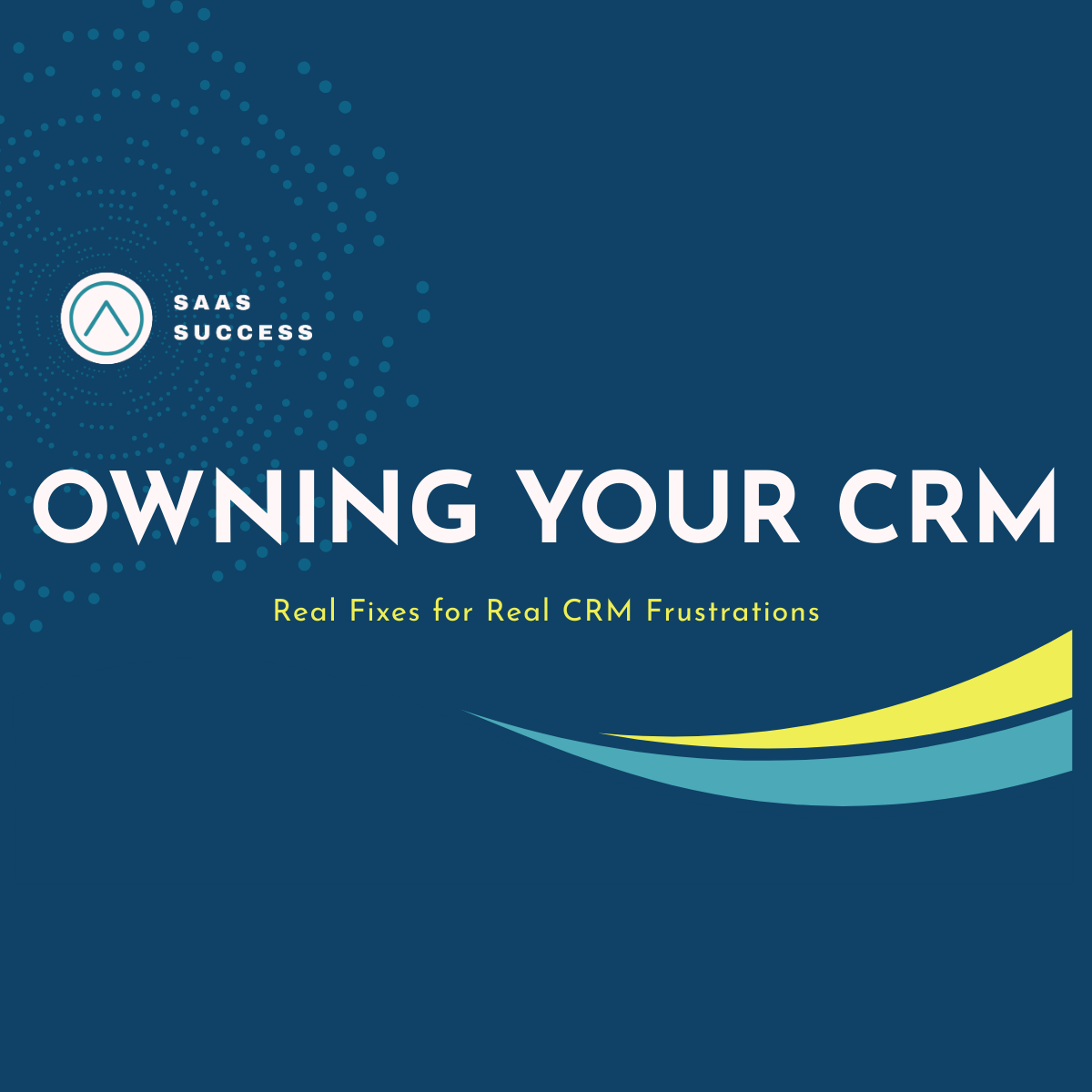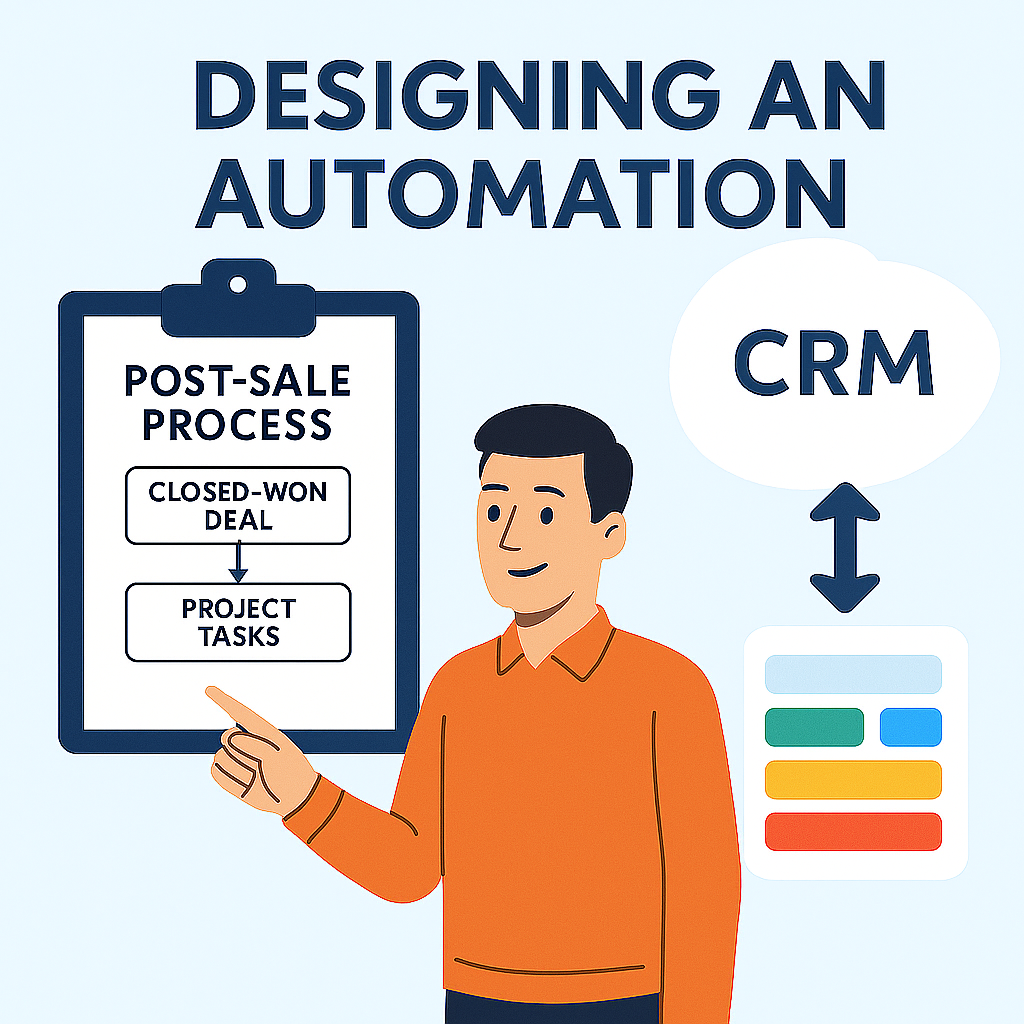
Exploring Key SaaS Trends in 2024
The Software as a Service (SaaS) industry is witnessing transformative changes reshaping how businesses operate. As we move through 2024, several key trends are emerging, driven by technological advancements and evolving business needs. Here’s a deep dive into the most influential SaaS trends that CEOs and decision-makers in the professional services sector should be aware of to stay competitive and innovative.
1. Artificial Intelligence and Machine Learning Integration
Artificial Intelligence (AI) and Machine Learning (ML) are no longer just buzzwords but integral components of SaaS solutions. These technologies are enhancing predictive analytics, customer service, and personalization. Companies leverage AI to automate routine tasks, provide deeper insights through data analysis, and improve customer interactions via AI-powered chatbots. Adopting AI in SaaS applications helps businesses to operate more efficiently and make informed decisions based on real-time data.
2. Increased Focus on Customer Experience (CX)
Customer experience has become a critical differentiator in the SaaS market. Platforms increasingly focus on user-centric designs, ensuring seamless and intuitive user interfaces. Enhanced CX strategies involve personalized user experiences, proactive customer support, and comprehensive onboarding processes. This trend is particularly important for businesses in the training and development sectors, where user satisfaction and engagement directly impact overall success.
3. Expansion of Low-Code and No-Code Platforms
Low-code and no-code platforms democratise software development by allowing users with little to no programming experience to build applications. This trend is accelerating digital transformation across industries, enabling quicker deployment of solutions and reducing dependency on specialized IT skills. For professional services firms, these platforms facilitate the rapid development of customized tools tailored to specific business needs.
4. Emphasis on Data Security and Compliance
With increasing cyber threats and stringent data protection regulations, data security has become a paramount concern for SaaS providers. Companies are investing heavily in robust security measures and compliance frameworks to protect sensitive data. This trend is crucial for maintaining customer trust and avoiding costly data breaches. Firms are also seeking SaaS solutions that offer advanced security features and compliance with frameworks such as ISO27001 and SOC2.
5. Subscription Model Innovations
The traditional subscription model is evolving. SaaS companies are exploring new pricing strategies, such as usage-based billing, freemium models, and hybrid subscription plans. These innovative pricing strategies are designed to provide greater flexibility and value to customers, making SaaS solutions more accessible to a wider range of businesses. For instance, offering tiered pricing based on features or usage can cater to both small businesses and large enterprises. With the rise of AI-enabled applications consumption models where the user is billed based on the number of requests or tokens consumed by the LLM is likely to become a dominant pricing model.
6. Enhanced Collaboration and Remote Work Tools
The shift to remote work has driven the demand for SaaS tools that facilitate collaboration and productivity. Solutions that integrate communication, project management, and collaboration functionalities are becoming essential. These tools support distributed teams by providing seamless access to shared resources and real-time collaboration capabilities, ensuring business continuity and efficiency. These tools need to interact with the full suite of products and applications the team uses, giving a single source of truth and location of work.
7. Vertical SaaS Solutions
Vertical SaaS refers to software solutions tailored for specific industries. Unlike horizontal SaaS, which serves a broad range of industries, vertical SaaS solutions address niche markets with specialized requirements. This trend is gaining traction as businesses seek industry-specific functionalities and compliance features. For example, SaaS solutions for the healthcare sector include features for managing patient data, while those for the finance sector focus on regulatory compliance and financial analytics. These vertical solutions can help to provide specific solutions to the individual needs and challenges of each industry, reducing the need for companies to take an off the shelf product and heavily customise it to meet their needs.
8. Sustainability and Green SaaS
Sustainability is becoming a key consideration for SaaS companies. Green SaaS involves adopting environmentally friendly practices, such as optimising data centres for energy efficiency and reducing carbon footprints. Companies are increasingly aware of their environmental impact and are implementing strategies to promote sustainability. This trend benefits the environment, enhances brand reputation, and meets the growing demand for corporate social responsibility. The huge computing overhead required to run Large Language models such as Chat GPT will only serve to further highlight this issue, as more and more people adopt the power of AI, the pressure on our electrical supplies and resulting carbon footprint will only become a larger issue.
Conclusion
As we navigate through 2024, these SaaS trends are shaping the future of business technology. Companies that embrace these trends will be better positioned to enhance their operations, improve customer satisfaction, and stay ahead of the competition. For CEOs and decision-makers, understanding and leveraging these trends is crucial for driving innovation and achieving long-term success. SaaS Success, with its expertise in CRM and AI solutions, is well-equipped to help businesses harness these trends, particularly in the professional services sector.
For more insights and tailored solutions, visit SaaS Success

